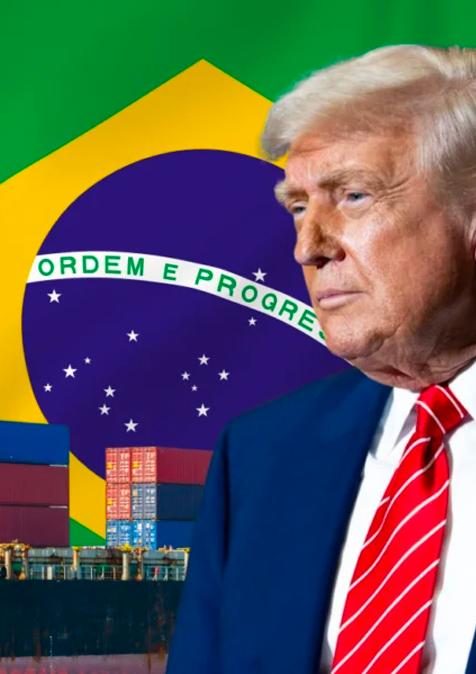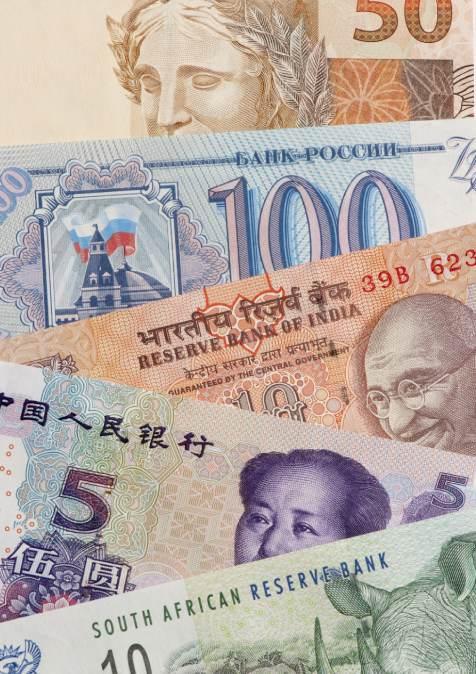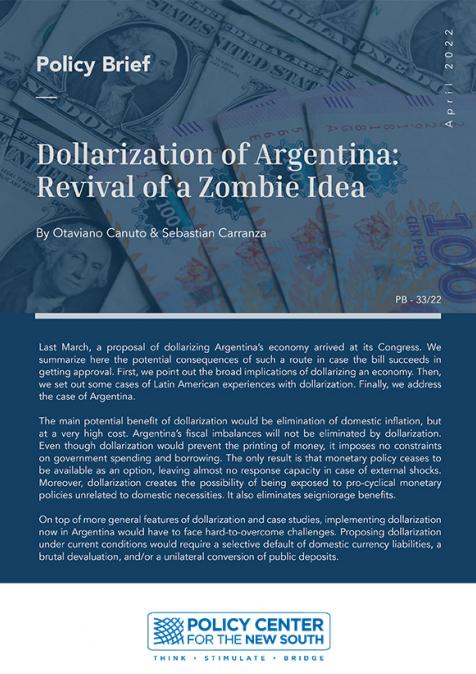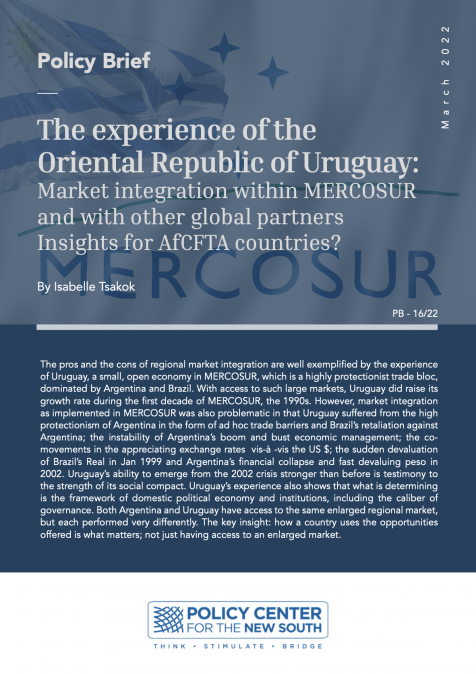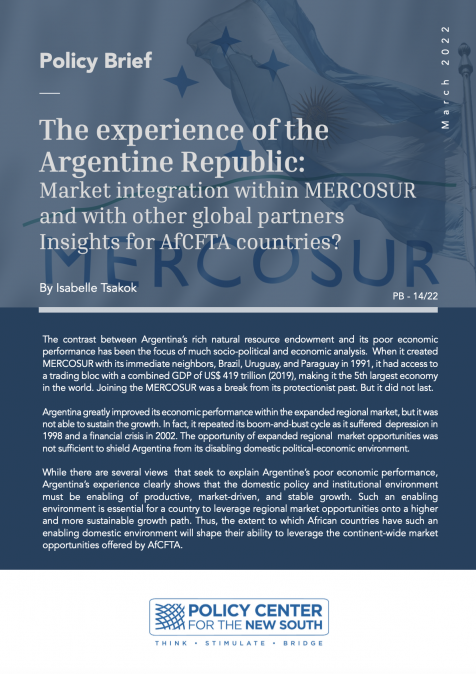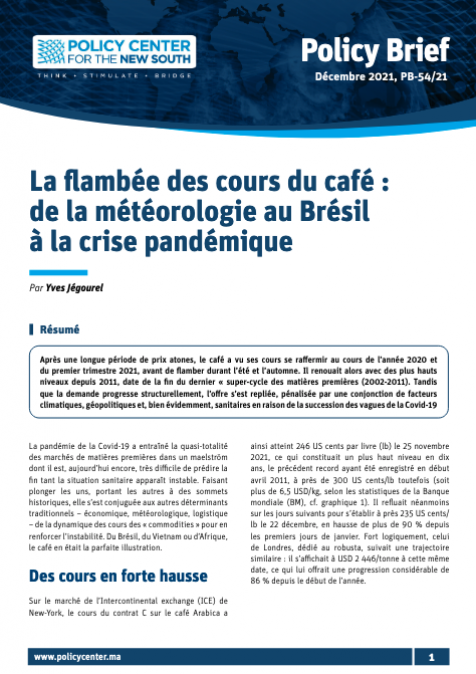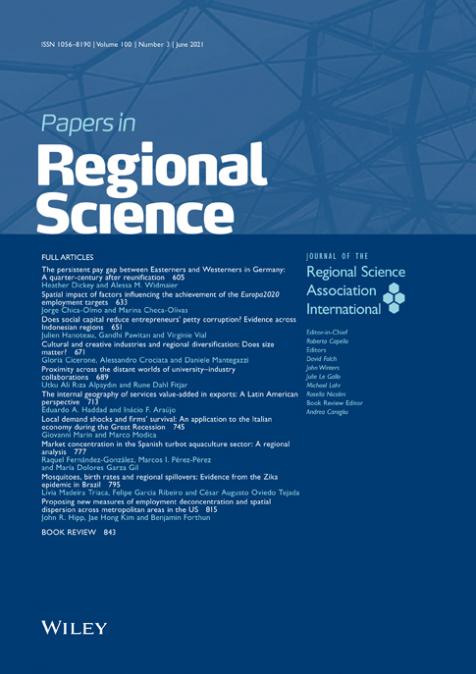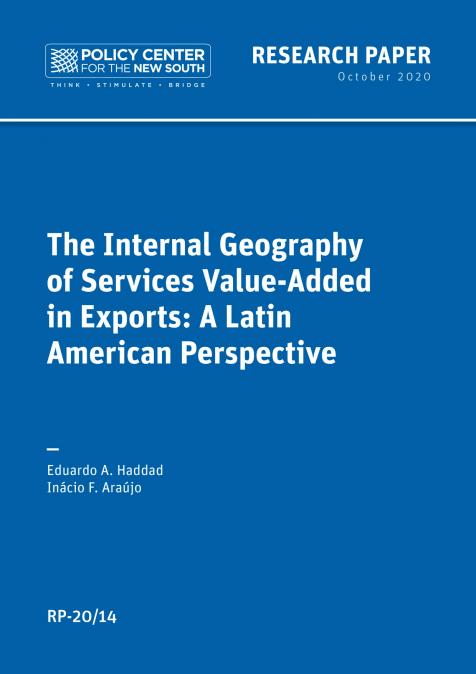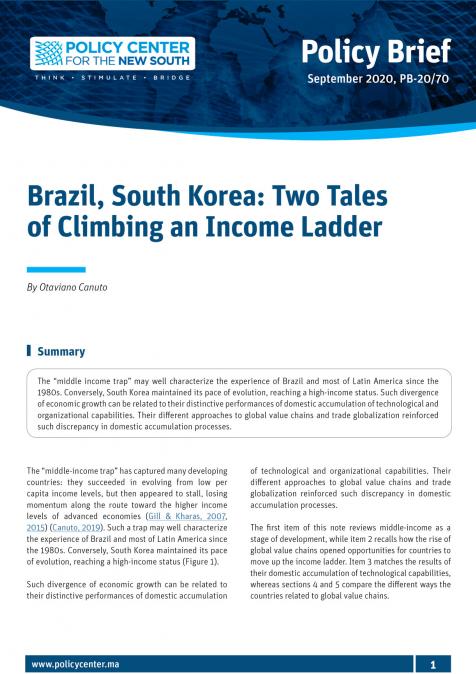Publications /
Opinion
Despite some short-term benefits, trade deviation to the region shouldn’t be expected to last.
Has the U.S. trade war with China been good for Latin America?
An increase in Chinese demand for primary products from the region, as well as recent news of production transfers from China to Mexico, might give the impression that it has.
But any positive short-term effects of the confrontation should also take into account its negative medium- and long-term impacts on the region and on global growth. And the fact is that the overall trade and GDP destruction effects of trade wars tend to outweigh gains from shifts in trade activity.
That’s why Latin America should hope that the exchange of goodwill acts between the U.S. and China in recent weeks will be a harbinger of a more peaceful phase in international trade.
On Sept. 12, Donald Trump announced a postponement from Oct. 1 to Oct. 15 of planned U.S. tariff increases on $250 billion of Chinese goods. Beijing had previously released a list of 16 product types that would be left out of retaliatory tariffs on U.S. imports. A new round of high-level trade negotiations is scheduled to happen early next month, when China is expected to offer increases of purchases of U.S. agricultural products.
In a sign of how fickle the movement of agricultural trade from one country can be, unwinding trade diversion that has been a boon to parts of Latin America will certainly be part of any package offered by China in its negotiations with the U.S.
Some of that movement has indeed been significant. On Sept. 13, Argentina’s agriculture minister said that China had opened the way for value-added soy meal from his country, instead of selling only raw soy beans. Brazil, in part thanks to trade deviation, is poised to overcome the U.S. as the world’s largest soy producer this year.
There have also the trade diversion gains by Mexico through the partial replacement of Chinese manufacturing supplies, as well as recent announcements from multiple companies of plans to shift factories from China, Japan and Korea to Mexico. While China’s share of U.S. imports fell from 21% to 17.7% in the first quarters of 2019 and 2018, respectively, Mexico captured part of China’s sales in products subject to U.S. tariff retaliation and moved up from 13.5% to 14.5%.
Still, the U.S. attitude with respect to trade and its connection to other aspects of its policy agenda – including recent threats to Mexico demanding actions on immigration – should curb the enthusiasm with which this type of movement is received.
One must also consider the overall trade and GDP destruction effects of the trade war. Both the Chinese and U.S. economies are hurting.
In China, where trade between the two countries corresponds to a larger share of the economy than in the U.S., growth deceleration is mainly due to domestic issues of rebalancing and debt. But these have been aggravated by primary impacts of export losses and trade/production transfer abroad.
On the U.S. side, farmers and ranchers have been hit by plummeting sales to China, particularly because China’s retaliatory tariffs have targeted areas where Trump obtained many votes in the 2016 election. Additionally, consumers and domestic producers have suffered the burden of tariffs in the form of higher prices of final goods and inputs. Not by chance, signs of growth deceleration in the U.S. economy have been clearest among tradable sectors.
Both the U.S. and China’s partners have felt the consequences. Asian and European economies – especially industry-intensive Germany – have felt the impact of the global trade slowdown and of disruptions in value chains. In Latin America, the downward effects of China’s deceleration on demand has hit prices of copper in Chile and minerals in Peru. In fact, as recently explained in the World Bank’s Commodity Markets Outlook, the imposition of both commodity-specific and broad-based tariffs tend to negatively affect regions with large resource wealth, such as Latin America and Sub-Saharan Africa.
Indirect effects of the trade war, via higher caution in capital spending decisions and through financial markets, can also be expected to hurt the region. Weakening global trade and heightened trade uncertainty have been major factors behind recent downward revisions to global growth by the World Bank and the International Monetary Fund. A newly released report by economists of the U.S. Federal Reserve suggests trade policy uncertainty as potentially leading to a haircut of 1% in U.S. GDP growth through the beginning of next year.
Financial markets have viewed the twists and shouts on trade policies as an important component of their activity. This is less because of the size of the direct economic effects of tariff increases than because of fears that the confrontation could extend beyond trade in agriculture and manufactured goods. Finally, an ongoing loosening of monetary policies in advanced economies could lead to currency pressures and, ultimately, a run to the safety of U.S. treasury bonds that would lead to capital outflows and currency depreciation in Latin America and elsewhere.
All in all, even from the standpoint of those Latin American economies accruing short-term gains from the trade war between U.S. and China, the negatives will likely outweigh the positives. A dispute between the two largest economies leads one to recall – as Ecuador’s President Lenín Moreno recently has – the old Swahili proverb:
“When elephants fight, the grass gets crushed; when elephants make love, the grass gets crushed!”

